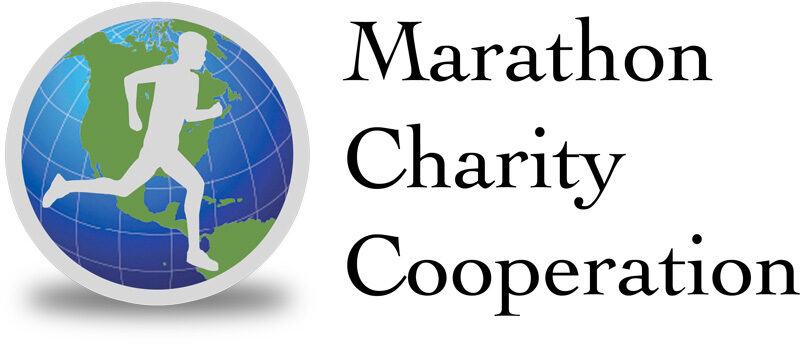By Jay Jacob Wind
November/December 2005
For the Washington Running Report
“Do as I say, not as I do.” Ben Franklin
After many years of running and coaching, I have identified ten elements of running style. Small variations in these elements can make a big difference in performance and results.
If you want to see good style, don’t watch me. Instead, watch the top runners and learn from their examples.
Style breaks down into three components: form, footfall, and stride.
Knowing the options and using them wisely can make you a faster runner.
Form has three elements:
Posture. If your back and neck are erect, you can take more air with each breath and fill your lungs more fully. A forward lean is useful at the start and finish of a race, but your “production” posture should be straight up. Watch tapes of Jesse Owens, Michael Johnson, or Jeremy Wariner.
Balance. If you run in a straight line, you expend less energy. Practice on a balance beam. Test yourself on the white lines on a track or road (watch for cars!). Too often, we run splayfooted, covering more distance than we must.
Swing. Elbows should be close-in, bent at a right angle between upper arm and forearm, forearms parallel to the ground, hands open rather than clenched. One way to accelerate is to increase the arc of swing. But do not bring the hands in front of the body that motion fritters forward motion.
Footfalls land in three positions:
Land on rear foot. The most common footfall for all walkers and most runners. Forward motion is gained by extending the calf against the contraction of the landing.
Land on mid-foot. The footfall when you race. The foot rocks back toward the heel. Again, forward motion is gained by extending the calf against the contraction, but the extension and contraction are greater.
Land on forefoot. The footfall of a sprinter. The foot lands on the toes, rocks back to mid-foot, and then springs off. Here, the extension of the calf gains the more forward motion.
Logically, one can thus improve speed by strengthening the calf muscles so they can extend repeatedly without fatigue.
Strides fall into four elements:
Medium strides. The most common for runners and walkers. The stride length (from one right foot landing to the next) is about two-thirds of the body’s height. No strain is placed on the hamstrings or tendons of the thigh.
Long strides. A reach with each step to cover as much distance as possible. Simply by lengthening the stride, a runner can cover more ground per unit of time.
Cadence. The frequency of stride, also known as turnover. The faster the cycle of each stride, the faster the pace.
Height. The amplitude of stride, the height of the knee at the apex of the stride. Running up hills requires a higher stride.
Longer strides require more flexibility of the tendons of the thigh. Lunges, squats, and similar exercises can increase flexibility. Faster strides require a higher aerobic threshold. They call on the heart to beat faster, and on the lungs to circulate more oxygen. Repetitions of short, fast bursts raise the aerobic threshold. High strides require more strength of the muscles of the thigh. Repetitions on hills and practices with leg weights increase thigh strength.
No single method exists to perfect all ten elements of running style. Becoming aware of them all, and working to improve your own style, is the goal of training.
